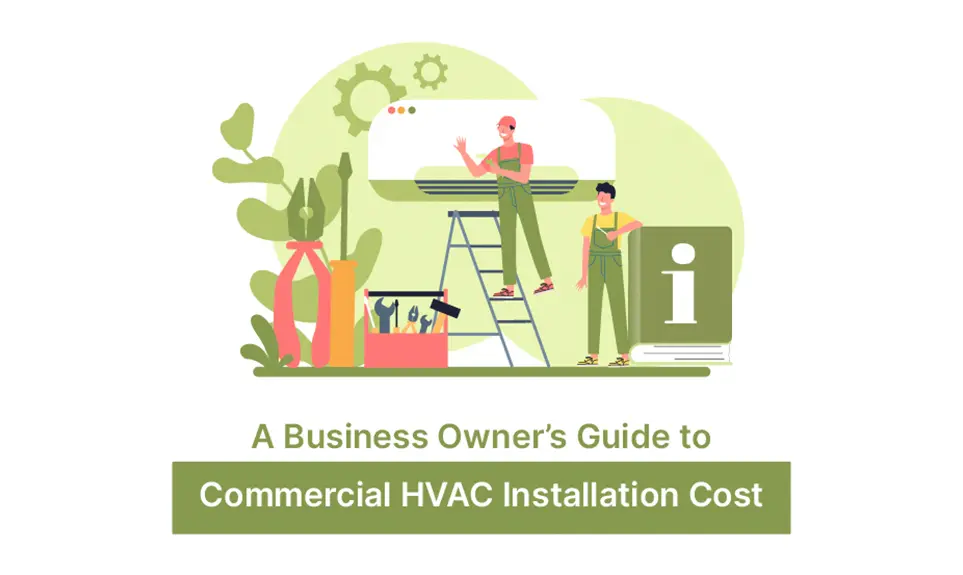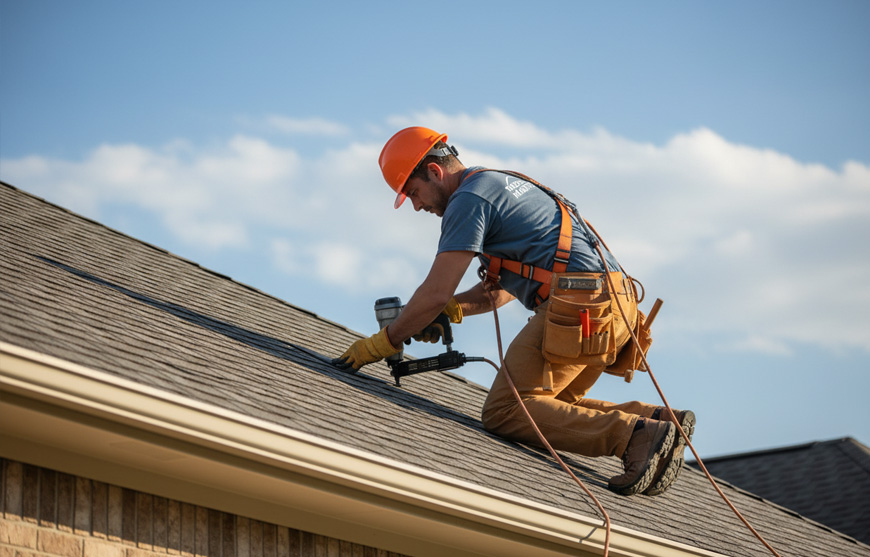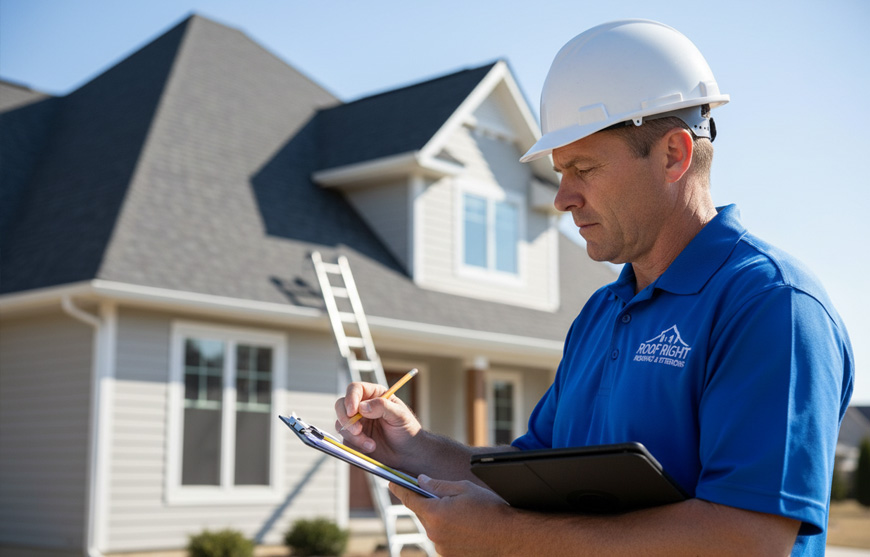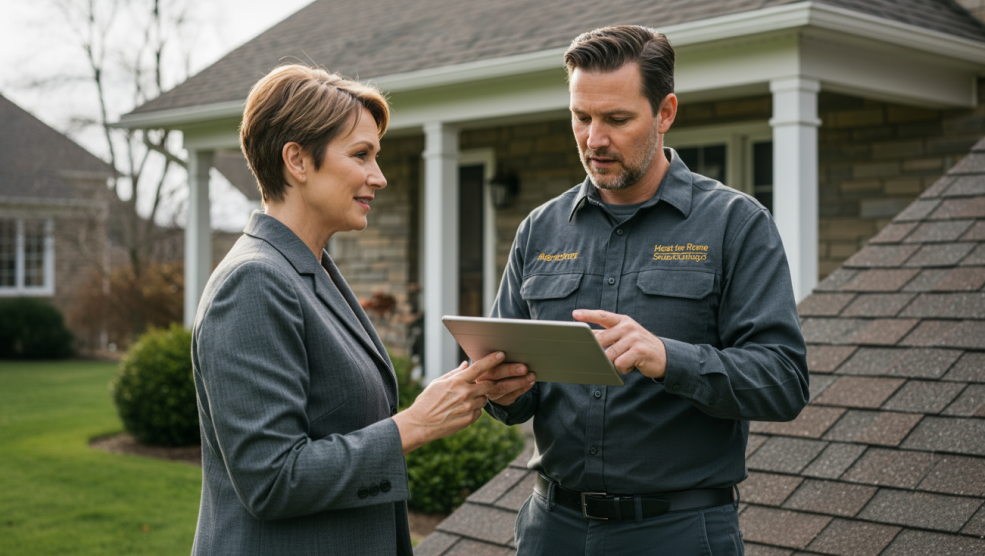Buildings are coming up like mushrooms on a rainy day these days. Now, it doesn’t matter whether it is a commercial building or a residential one; there is one thing that you will find in all buildings—an HVAC system.
HVAC is a very important system to have in your building. It makes sure all the residents are comfortable at all times. If you are a business owner looking to install an HVAC system on your premises, you would have already realized that there are a plethora of factors that need to be considered.
However, the most important factor that decides your HVAC system is the installation cost. A commercial HVAC system installation cost would vary from one vendor to another. Unless you are an HVAC Expert, it would be daunting for you to decide who is charging right and who is fleecing.
This post will help you understand the different costs associated with commercial HVAC installation and help you make an informed decision.
Understanding the basics
Every proposal for commercial air conditioning unit installation would include both material cost and labor cost. In most cases, the labor cost would account for 40%-50% of the unit’s cost. Now, if you are someone who compares the proposals by looking at the hourly labor cost and markup of the materials, then this is not a good practice as these numbers are quite misleading.
If you take a look at the proposals, some companies might have a higher hourly labor cost as that cost would also include supervision, project management, insurance, and warehouse costs.
Another proposal might have a lower hourly labor cost. In this, the vendor would end up adding additional costs in a separate line, such as truck delivery, insurance, etc. Sometimes, it will also be termed as general conditions.
To have a better understanding of the costs listed in the proposal, you should ask for a detailed breakdown. This would help you understand the cost associated with each job in detail and compare it with other commercial HVAC installation proposals. Most reputed HVAC contractors or HVAC technicians would be more than happy to give you a breakdown of different numbers in the proposal.
The main components that you will find in a typical proposal include –
- Equipment
- Piping and ductwork
- Controls
- System startup
Equipment cost
The first thing to look for is the equipment cost. This cost would vary based on the type of system you wish to install and the number of equipment pieces required for your workplace. You should never forget the fact that buying an HVAC system also involves recurring HVAC system costs. So you should consider the big picture rather than consider only what you pay upfront. Let’s explain this with an example.
Imagine you are comparing two systems, say VRF and water-cooled. You will find that the VRF system is more complex and end up costing more for materials and labor when compared to that of the water-cooled system. But the VRF System is more energy-efficient, and it would help you save on energy costs over the years when compared to a water-cooled system.
Another thing that affects the equipment cost is the brand value of the equipment manufacturer. You might want to go for a high-end brand as this can reduce the size of the equipment to make it fit in its location. Such equipment also comes with greater reliability and longer life.
Some of you might also want to purchase add-ons to your HVAC systems, such as humidification equipment, UV systems, and electrostatic filters. If the proposal already includes these items, then check their benefits and decide if you need them or not.
Piping and ductwork
The installation costs would include the pipes and duct costs. You would need a pipe installed in the walls and ceiling to distribute refrigerant or water. In most cases, you would also require a duct to distribute cooled air throughout your workplace.
An important factor to look out for during piping and duct installation is the working environment. If your workspace is empty or is getting renovated, then it doesn’t matter whether you plan to install or replace an HVAC system; the process is very easy for the workers. They can freely move and break down walls without any interference.
However, if the office is open during the installation, then it would be challenging for installers as they would need to work in tight spaces to complete the tasks. Also, due to noise, some tasks might be carried out at night. This would come under the bracket of overtime HVAC installation cost.
Controls
As the complexity of the system increases, the total cost of the controls also increases. You could either have a single thermostat or a bunch of retail connections connected to a control office with alarms and monitoring.
And if you choose to have a remote connection with a smart thermostat, then it would add up the HVAC installation cost. With more controls, the connection points would also increase. For instance, a single-point thermostat would need 2 points, while the one with a remote sensor would need 4 points. If your design has 20 VAV boxes, then that’s 80 connection points!
System startup and maintenance
This would largely include labor costs and comes into the picture after the system is installed. Depending on the size and the system’s complexity, the labor costs vary. The workers need to check thermostats, thermometers, and gauges in each line and each unit. Other costs include permits, inspection, and fillings. The installation company might do a filling with the state department and conduct a controlled inspection to verify the installation. All these would incur costs and find a place in the proposal.
Another important aspect to check with the installer is whether they will also perform maintenance on the system. Not all installers would take this responsibility, but those who do will make sure they design and install the system in such a way that maintenance can be carried out with ease, thus reducing your maintenance cost.
Conclusion
There are various cost factors that a business owner needs to consider while installing a commercial HVAC system. By understanding the basic HVAC concepts, business owners can make sure that they are getting everything at the right price.
It is also important to think from a long-term perspective when choosing the brand of equipment and type of system, as this will help with long-term savings. And don’t forget to always ask for the breakdown cost to better compare proposals and make an informed decision.



